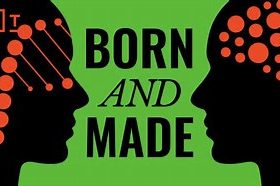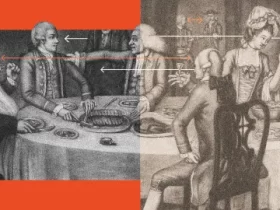By Nina A. Bowman
We all know that developing strategic thinking skills is important, but many don’t realize how critical it is to your career advancement to show these skills to your boss and other senior leaders. Showing strategic thinking skills tells your bosses that you’re able to think for yourself and make decisions that position the organization for the future. It assures them that you aren’t making decisions in a vacuum but are considering how other departments might be affected or how the outside world will respond.
When I’m helping my coaching clients learn to think more strategically, I emphasize that developing and demonstrating these skills are very different challenges.
- Developing great strategic thinking skills requires you to gain exposure to strategic roles, synthesize broad information, participate in a culture of curiosity, and gather experiences that allow you to identify patterns and connect the dots in novel ways. That’s why high-potential and leadership development programs often include job rotations, cross-functional projects, and face time with senior leadership — these all accelerate the development of strategic thinking.
- Demonstrating strategic thinking, on the other hand, requires that you are simultaneously a marketer, a salesperson, and a change agent. Proactive and widespread communication of your strategic efforts combined with the courage to challenge others and initiate and drive your strategic ideas are what make your boss and peers take notice.
The case of one of my coaching clients illustrates the steps you need to take to show off your strategic thinking skills. Tim Waters (not his real name), vice president of the U.S. supply chain for a growing medical products company, hoped to be named global senior vice president of supply chain but sensed that his promotion discussions were stalled. Tim had a good reputation for responding to business unit leads, and he worked tirelessly and effectively to keep the supply chain functioning well. He was therefore surprised to receive informal feedback from the head of HR, a longtime colleague and friend, who said that a few influential executives had voiced concern that Tim “wasn’t strategic enough.” These executives felt Tim was good at keeping the trains running, but he had not driven proactive change in the organization or set a strategic vision for supply chain. Tim was a strong strategic thinker, but he wasn’t doing it in a way his bosses could see it. He decided to engage an executive coach to help him learn how to demonstrate these skills.
Bring a point of view to the table
Your leaders want to know what you think, and they view your worthiness for promotion through the lens of how ready you are to make bigger decisions. By asking yourself, “Do people know where I stand?” you can sharpen your ability to demonstrate this skill.
Tim made efforts to update his understanding of trends and to refresh his network but realized that he wasn’t putting the knowledge learned to good use. One of the first changes he made was to instruct his assistant to block out 30 minutes on his calendar before important meetings. He knew that barely having time to collect his thoughts before going into meetings made him unprepared, less vocal, and less capable of synthesizing and sharing his knowledge. Just a half hour, once or twice a week, would allow him to shape his point of view on important issues.
Tim’s efforts began to pay off over time, and he was able to shift his contributions in senior executive meetings from operational input to strategic input. He took time to package his ideas into a vision for the organization and engaged his peers in new discussions about how the vision could impact their areas.
Having greater clarity of vision also enhanced Tim’s effectiveness as a supervisor. Tim was able to see how his team was missing the specific skills needed to support the vision. Now, instead of having reactive discussions with his HR business partner, he was able to engage in forward-looking discussions about strategic hiring and leadership development opportunities for his team. Demonstrating that you think strategically about hiring and talent development is a surefire way to make your leaders notice you.
Show that you can initiate innovation and bring strategic change
To be viewed as a strategic thinker, you must also demonstrate that you can use your knowledge to put new ideas into action. No matter your level, you can demonstrate strategic thinking by executing an innovative project that shows that your understanding extends beyond your current function.
Tim channeled the new energy and vision he had gained into a strategic planning process that culminated in formal recommendations for the supply chain group. Tim communicated the project and its milestones across the organization, allowing the executive team to see that he could lead a strategic initiative; previously, Tim would have kept it behind the scenes. Boldly suggesting value-added changes was a welcome shift to both Tim and his colleagues. Tim felt he had greater control, projecting greater confidence because he was no longer just reacting to others’ suggestions and issues, and Tim’s colleagues also appreciated that he was initiating improvements without their prodding.
Tim’s journey to demonstrating strategic thinking took him longer than he had expected, but over time, his boss, peers, and team noticed the changes and viewed them positively. Tim was promoted to the global role a year later and was ultimately better equipped to navigate the role.




























Leave a Reply